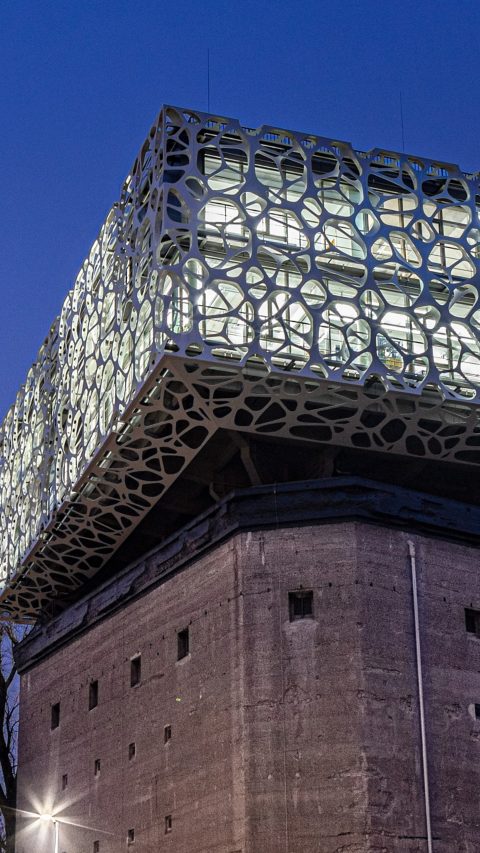It's all about design
The automotive trends autonomous driving and e-mobility will have an impact on the car interior. What will interiors look like in the future? How is BASF contributing to these trends? We talked with Alex Horisberger, designer at BASF’s Creation Center, who works close together with the automotive industry.

Alex, what is the job of a designer in a chemical company?
Actually, not that different from a regular design studio; Some years ago, I was a designer for sneakers; now I design the process of innovation. It’s design either way. It feels like I moved a notch toward the critical moment before you start sketching your product.
Why did you choose BASF?
In my former job, I was part of a team which implemented BASF’s new material INFINERGY into a shoe for the first time. Many visits to the designfabrik made me think about the diverse potentials and the core of innovative materials. At the end it was BASF who chose me, and I have never regretted that decision. Thanks for that!
What is the task of the Creation Center and how are you supporting the customers?
With this mind-blowing building, we are given the opportunity to interact with our customer in a distinguished new way; In our material consulting workshops, they can discover and understand our materials with the latest digitalization, visualization, and simulation technology to create the products of the future. We are bridging the gap between the initial idea and the development of a product with a material driven approach. We accompany our customer from the initial inspiration to the solution all in one place.
You are deeply involved in the automotive industry. What are the major changes in the past years?
I guess we are all aware of autonomous driving and electrification, but there are deeper changes in the industry. The most important one is the change of consumer behavior. A society that is more on the move than ever, but less willing to go to the full extent of maintaining and owning a vehicle. It’s a general shift of ownership. On top, we need solutions for enough connectivity with the vehicle. This might be more essential than cylinder or horsepower. The car interior will also be impacted by these challenges and impacts; Different materials, different functionality and in general a different design. The automotive industry is not just competing against other OEMs but also with mobility providers. Those that are the smartest, most convenient and most sustainable will make it.

Do you see any trends for the automotive interior in the next years?
Six years ago, I was asked by OEM designers for cool and fancy materials. Three years ago, I was asked for lightweight materials and today most of the requests belong to sustainable materials! The discussion is very personal, and each brand seems to have its own understanding of the subject. There is not one solution that fits all and furthermore each solution runs at a different speed. Nevertheless, it will become the biggest challenge for the next decade. Providing solutions will be exceptionally important for us as a material supplier.
Are there any applications in the car interior that haven’t changed in the past? Where do you see new potentials?
Years ago, the BASF designfabrik organized a customer workshop looking for ‘blind spots’, as we called them. We were exploring elements in the car interior that haven’t changed in decades. The result was amazing; so many things barely made any progression. But the biggest potential can be seen in the choice of materials. Think of a car seat without foam. With our new technologies from 3D printing of flexible thermoplastic polyurethanes, the opportunities are huge.
How can BASF accompany these trends?
By example and by cooperation. We will continue creating more prototypes and less meetings. In combination with more team-ups with the industry, we will lead by showcasing possibilities for all industries, not only automotive. And not just for the OEMs but also for the Tier 1 and 2 suppliers.
What is the difference between Design Thinking and Chemical Thinking?
I think it’s more the question how designers and how chemists think and approach things. Design thinking is an established method deriving from how designers tackle problems. But when it comes to the basic approach, the two disciplines are very close to each other. It’s a very experimental way of working with a high chance for failure. There’s nothing better than failing early and starting anew. It’s how innovation is born.
How does the future of the Creation Center looks like?
Very bright! The main objectives are digital solutions for interactive projects. We were early adopters in implementing HoloLens for customer visits and virtual product validation. We used our 3D printing capacities for helping hospitals by making crucial parts for their daily protection during the Corona crisis. We are not a museum nor a show room. It’s our target not to stand still but always develop further. There will be no “Creation Center look”. We are fast, creative and unconventional.



